Home>Furniture & Design>Outdoor Furniture>What Is The Outdoor Part Of A Residential Ac System Called?
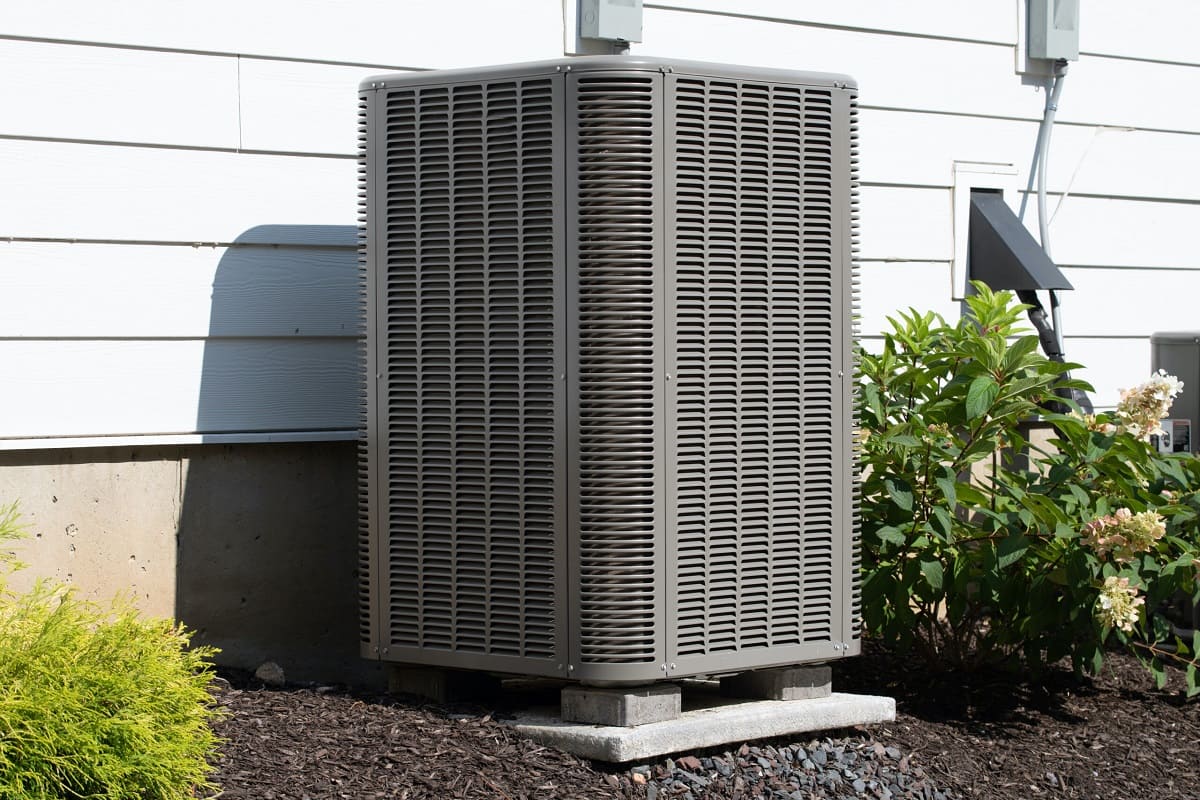

Outdoor Furniture
What Is The Outdoor Part Of A Residential Ac System Called?
Modified: September 2, 2024
Discover the essential outdoor part of a residential AC system and its functions. Find the perfect outdoor furniture, design, and more.
(Many of the links in this article redirect to a specific reviewed product. Your purchase of these products through affiliate links helps to generate commission for Storables.com, at no extra cost. Learn more)
Introduction
When it comes to creating a comfortable and inviting living space, a well-functioning air conditioning (AC) system is an essential component of modern residential living. The ability to regulate indoor temperature and humidity levels not only enhances comfort but also contributes to a healthier and more enjoyable home environment. While many homeowners are familiar with the basic concept of an AC system, understanding its various components, including the outdoor part, can provide valuable insight into the system's overall functionality and maintenance requirements. In this article, we will delve into the outdoor part of a residential AC system, shedding light on its significance and role in the overall cooling process. By gaining a deeper understanding of this crucial element, homeowners can make informed decisions regarding AC maintenance, repair, and upgrades, ultimately ensuring optimal performance and longevity of their AC system.
Key Takeaways:
- The outdoor part of a residential AC system, including the condenser unit and compressor, plays a crucial role in keeping your home cool and comfortable by releasing heat and circulating refrigerant efficiently.
- Understanding the outdoor unit empowers homeowners to maintain and protect their AC systems, ensuring optimal cooling performance and a refreshing indoor environment, especially during hot weather.
Read more: What Are Parts Of Stairs Called
Understanding the Residential AC System
Before delving into the specifics of the outdoor part of a residential AC system, it’s essential to grasp the fundamental workings of the entire system. A residential AC system is designed to regulate the temperature and humidity levels within a home, providing a comfortable and consistent indoor environment regardless of the external weather conditions. The primary function of an AC system involves the transfer of heat from the interior of the home to the exterior, thereby cooling the indoor air and maintaining a pleasant atmosphere.
At the heart of the residential AC system is the process of refrigeration, which involves the circulation of a refrigerant through a closed loop of coils and components. This refrigerant undergoes a continuous cycle of compression, condensation, expansion, and evaporation, effectively absorbing heat from the indoor air and releasing it outside. The indoor and outdoor components of the AC system work in tandem to facilitate this heat transfer, ensuring that the interior of the home remains cool and comfortable.
Understanding the basic principles of refrigeration and heat transfer is crucial for homeowners seeking to maintain their AC systems and troubleshoot potential issues. By familiarizing themselves with the inner workings of the system, homeowners can communicate effectively with HVAC professionals, make informed decisions about repairs or upgrades, and implement preventive maintenance measures to prolong the lifespan of their AC systems.
Components of a Residential AC System
A residential AC system comprises several key components that work together to achieve the desired cooling effect. These components include the indoor unit, outdoor unit, refrigerant lines, and a thermostat. The indoor unit, commonly known as the evaporator or air handler, is typically located within the home, often in a utility closet, attic, or basement. This unit contains the evaporator coil, which is responsible for absorbing heat from the indoor air as the refrigerant evaporates.
Conversely, the outdoor unit, known as the condenser, houses the condenser coil and is responsible for dissipating the heat absorbed from the indoor air. The refrigerant lines, which connect the indoor and outdoor units, facilitate the circulation of the refrigerant and enable the heat transfer process to occur. Additionally, the thermostat serves as the control center for the AC system, allowing homeowners to set and adjust the desired temperature and operating modes.
Other essential components of a residential AC system include the compressor, which plays a crucial role in pressurizing the refrigerant and maintaining the flow of the refrigerant throughout the system, and the expansion valve, which regulates the flow and pressure of the refrigerant as it moves between the indoor and outdoor units. Furthermore, the system is equipped with fans that help circulate air over the evaporator and condenser coils, facilitating the heat exchange process.
Understanding the function and interplay of these components is instrumental in comprehending the overall operation of a residential AC system. Each component contributes to the system’s efficiency and performance, and any issues with these components can impact the system’s ability to cool the home effectively. Regular maintenance and timely repairs are essential to ensure that all components are functioning optimally and that the AC system continues to operate at peak efficiency.
The outdoor part of a residential AC system is called the condenser unit. It is responsible for releasing the heat absorbed from inside the house to the outside air. Regular maintenance of the condenser unit is important for the efficient operation of the AC system.
The Outdoor Part of a Residential AC System
One of the most crucial elements of a residential AC system is the outdoor unit, also known as the condenser. This component plays a pivotal role in the overall cooling process, working in conjunction with the indoor unit to regulate the indoor temperature and humidity levels. Understanding the outdoor part of the AC system is essential for homeowners, as it directly impacts the system’s efficiency, performance, and maintenance requirements.
The outdoor unit houses the condenser coil, which is responsible for dissipating the heat absorbed from the indoor air. This coil is designed to facilitate the release of heat into the external environment, allowing the refrigerant to transition from a gaseous state to a liquid state. The condenser unit is equipped with a fan that helps expel the heat and maintain the optimal operating temperature of the condenser coil.
Additionally, the outdoor unit contains the compressor, a vital component that pressurizes the refrigerant and circulates it through the entire AC system. The compressor is typically housed within the outdoor unit and is responsible for maintaining the flow of refrigerant, ensuring that the heat transfer process occurs efficiently. The proper functioning of the compressor is essential for the overall performance of the AC system, as any issues with this component can significantly impact the system’s cooling capacity.
Furthermore, the outdoor unit is equipped with a series of fins and a protective grille, which serve to enhance the airflow over the condenser coil and safeguard the internal components from external debris and environmental factors. These features contribute to the overall durability and longevity of the outdoor unit, protecting it from potential damage and ensuring consistent performance throughout its lifespan.
Understanding the outdoor part of the residential AC system empowers homeowners to recognize the signs of potential issues and take proactive measures to maintain and protect this crucial component. Regular inspection, cleaning, and maintenance of the outdoor unit are essential to ensure that it operates at peak efficiency, delivering optimal cooling performance and contributing to a comfortable indoor environment.
Conclusion
In conclusion, the outdoor part of a residential AC system, encompassing the condenser unit and its associated components, is integral to the effective functioning of the entire cooling system. Understanding the significance of the outdoor unit and its role in the heat transfer process is essential for homeowners seeking to maintain a comfortable indoor environment and prolong the lifespan of their AC systems.
By comprehending the interplay between the indoor and outdoor components of the AC system, homeowners can better appreciate the complexity of the cooling process and make informed decisions regarding maintenance, repairs, and upgrades. Regular inspection and maintenance of the outdoor unit, including cleaning the condenser coil, clearing debris from the surrounding area, and ensuring proper airflow, are essential for preserving the efficiency and longevity of the AC system.
Furthermore, recognizing the signs of potential issues with the outdoor unit, such as reduced cooling capacity, unusual noises, or visible damage, empowers homeowners to address these issues promptly, thereby preventing further damage and minimizing the risk of system failure. Partnering with HVAC professionals for regular maintenance and addressing any concerns in a timely manner can significantly extend the lifespan of the AC system and optimize its performance.
Ultimately, by gaining a deeper understanding of the outdoor part of their residential AC systems, homeowners can take proactive steps to ensure that their cooling systems operate at peak efficiency, providing consistent comfort and a refreshing indoor environment, even during the hottest months of the year.
Frequently Asked Questions about What Is The Outdoor Part Of A Residential Ac System Called?
Was this page helpful?
At Storables.com, we guarantee accurate and reliable information. Our content, validated by Expert Board Contributors, is crafted following stringent Editorial Policies. We're committed to providing you with well-researched, expert-backed insights for all your informational needs.
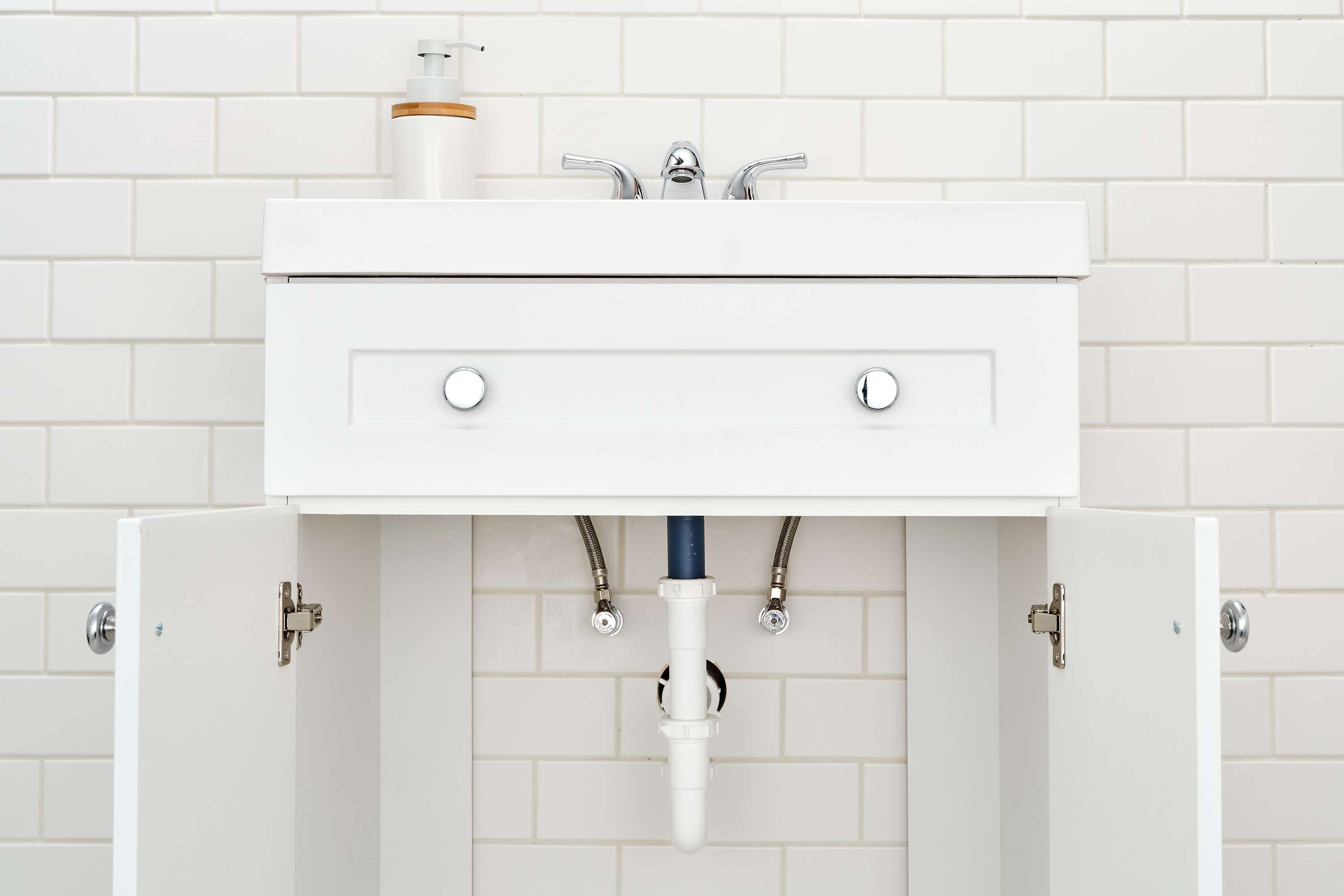
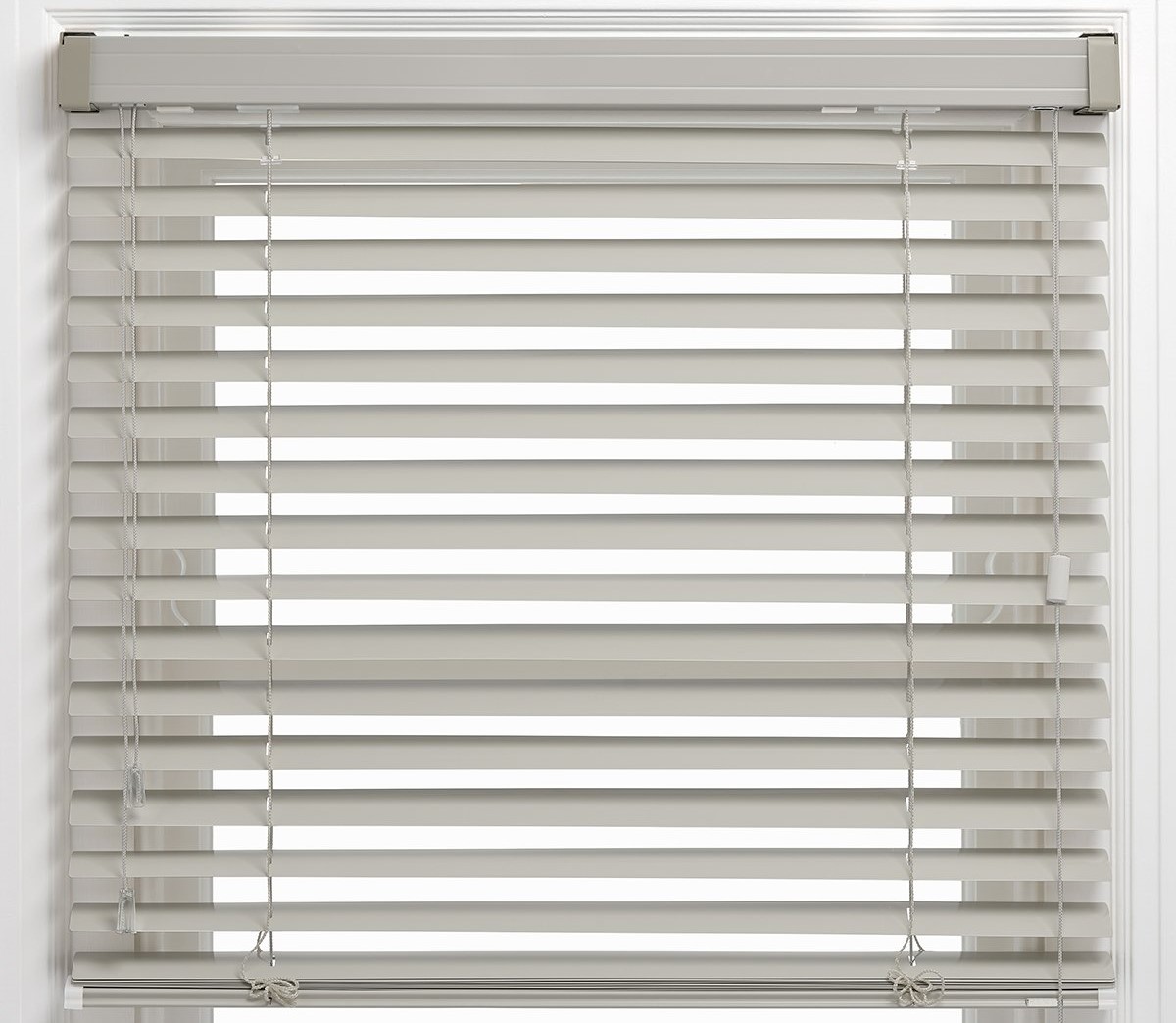
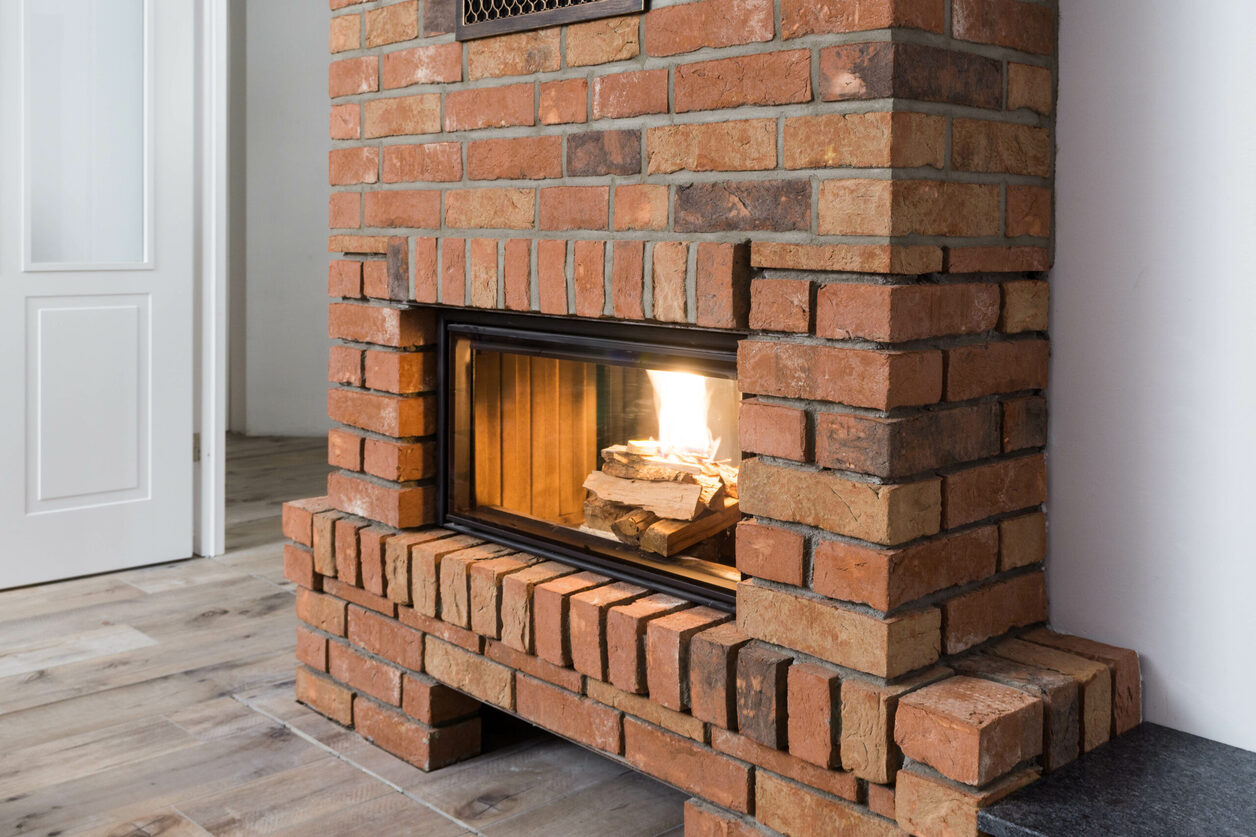
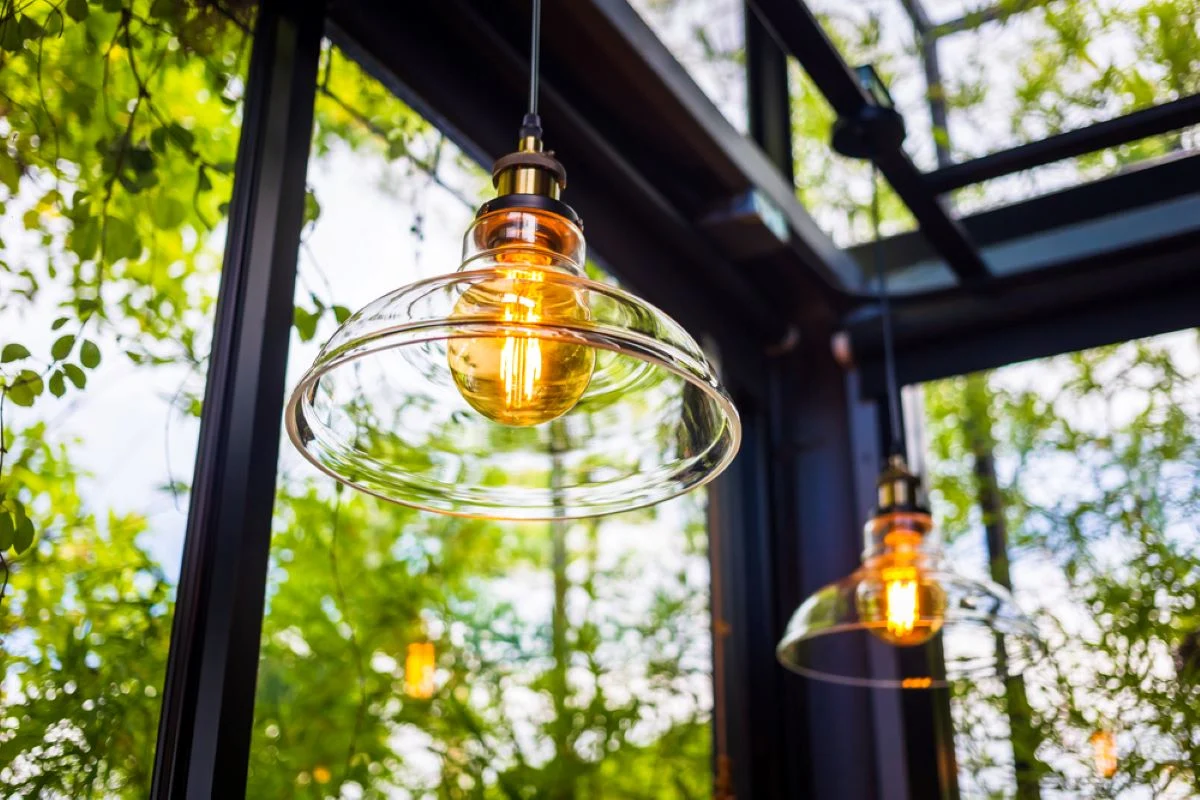

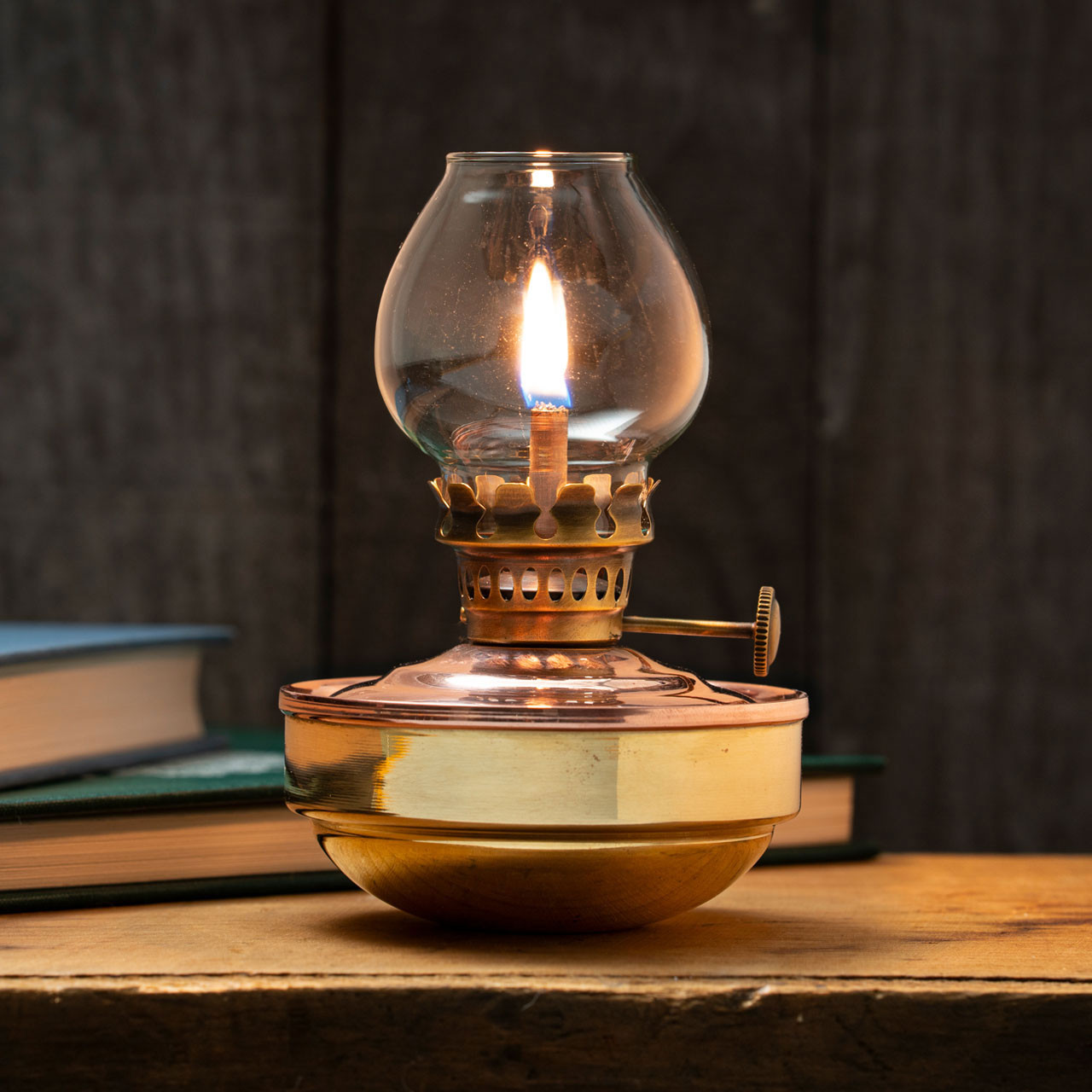
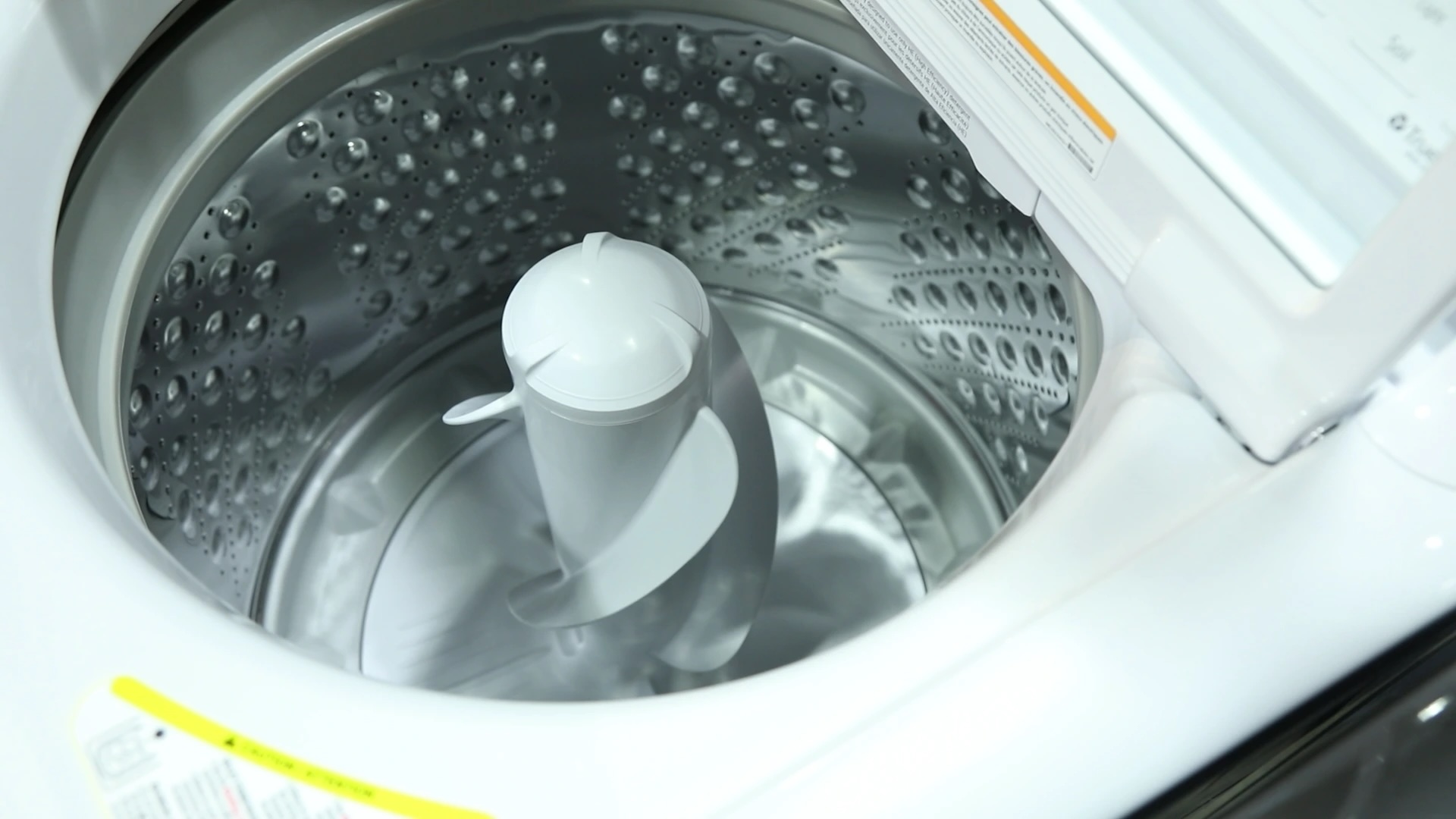
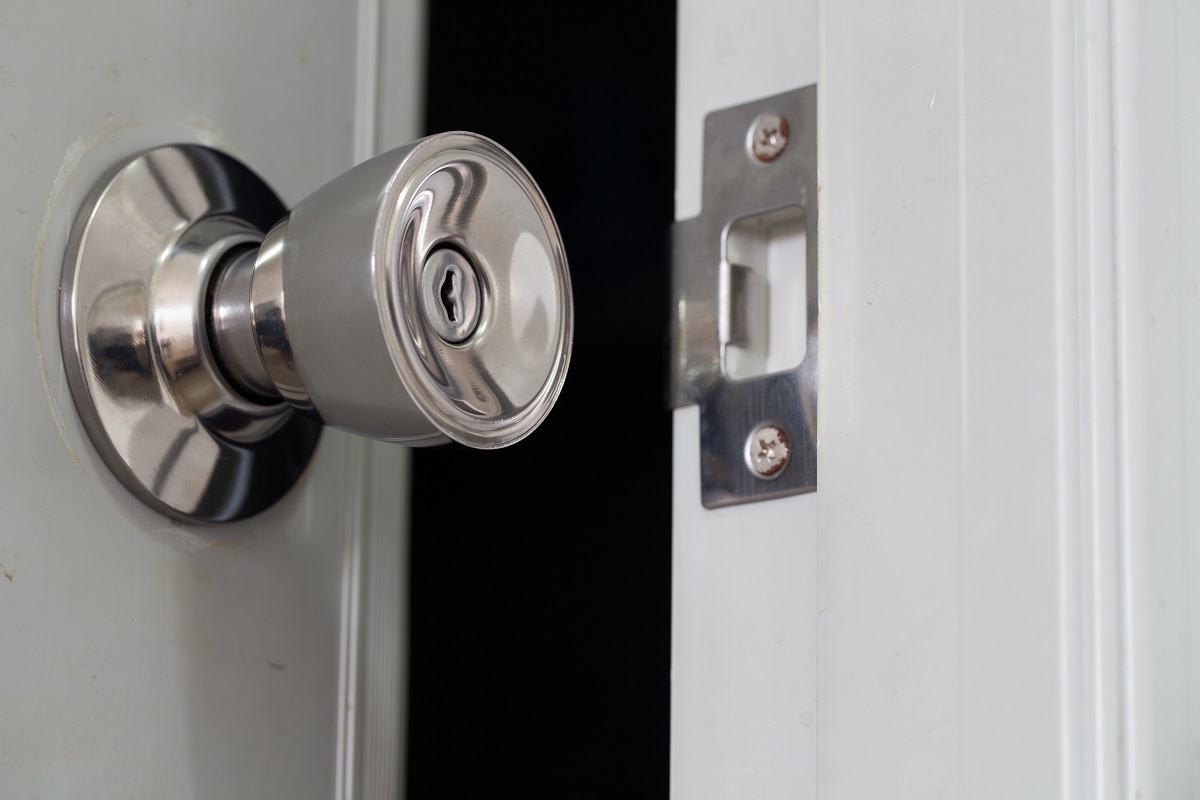
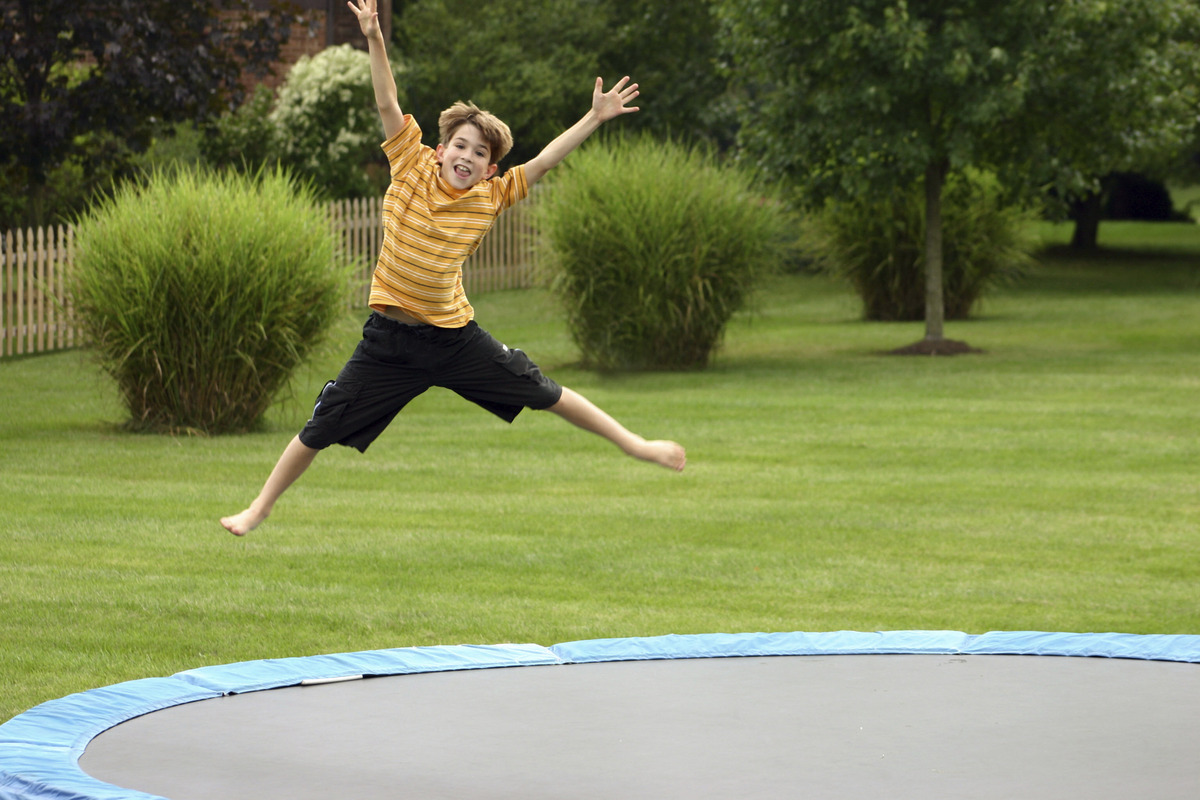
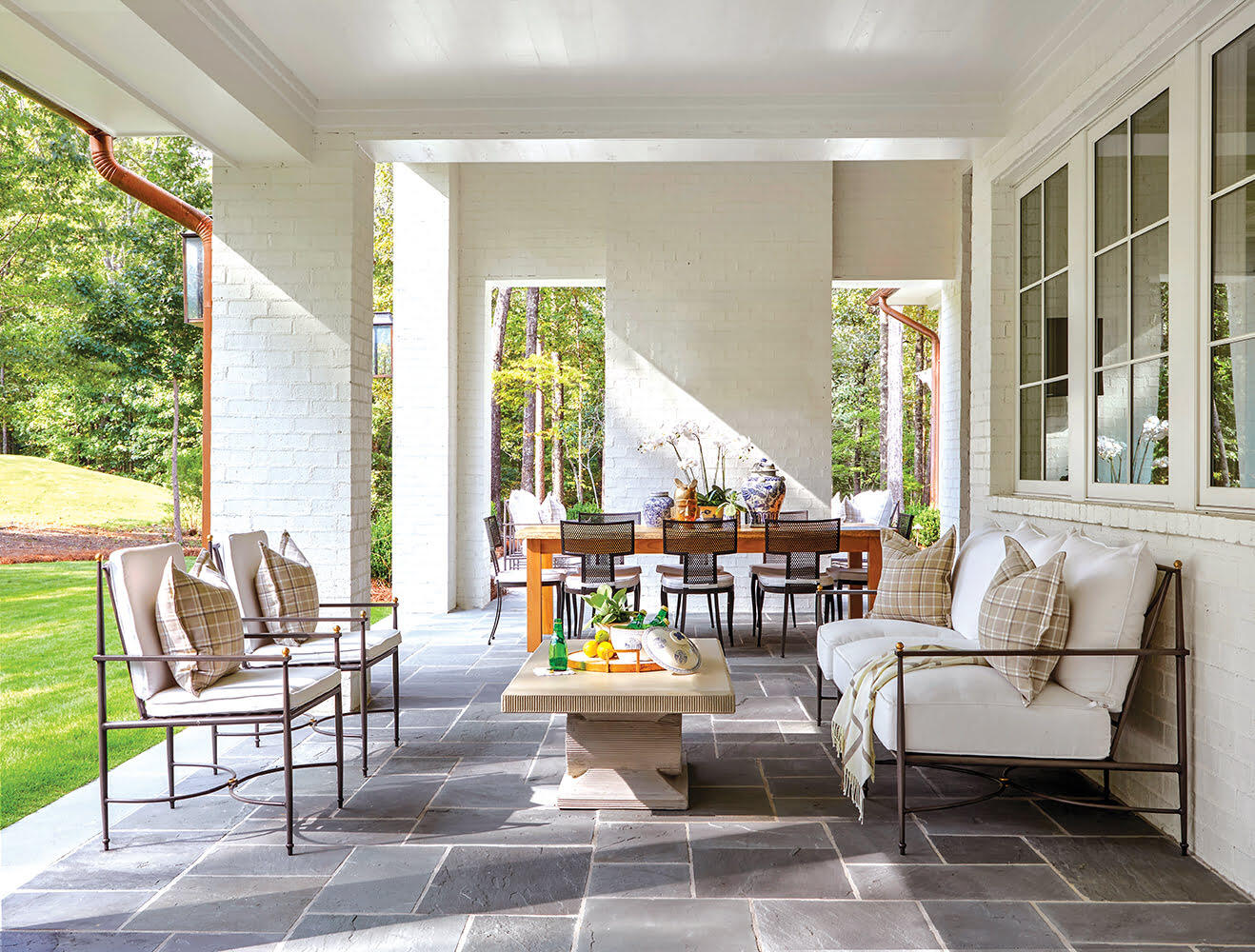
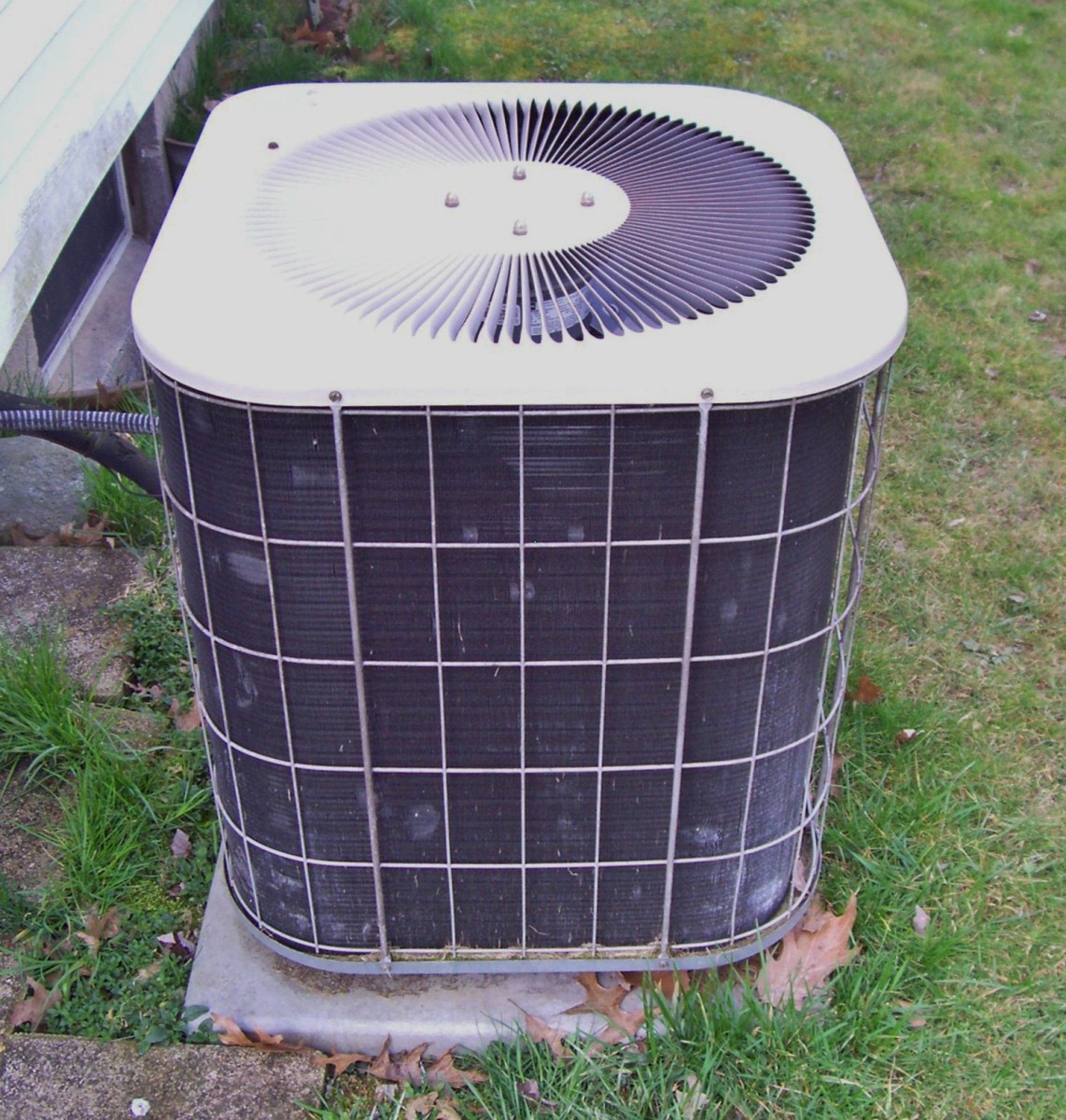
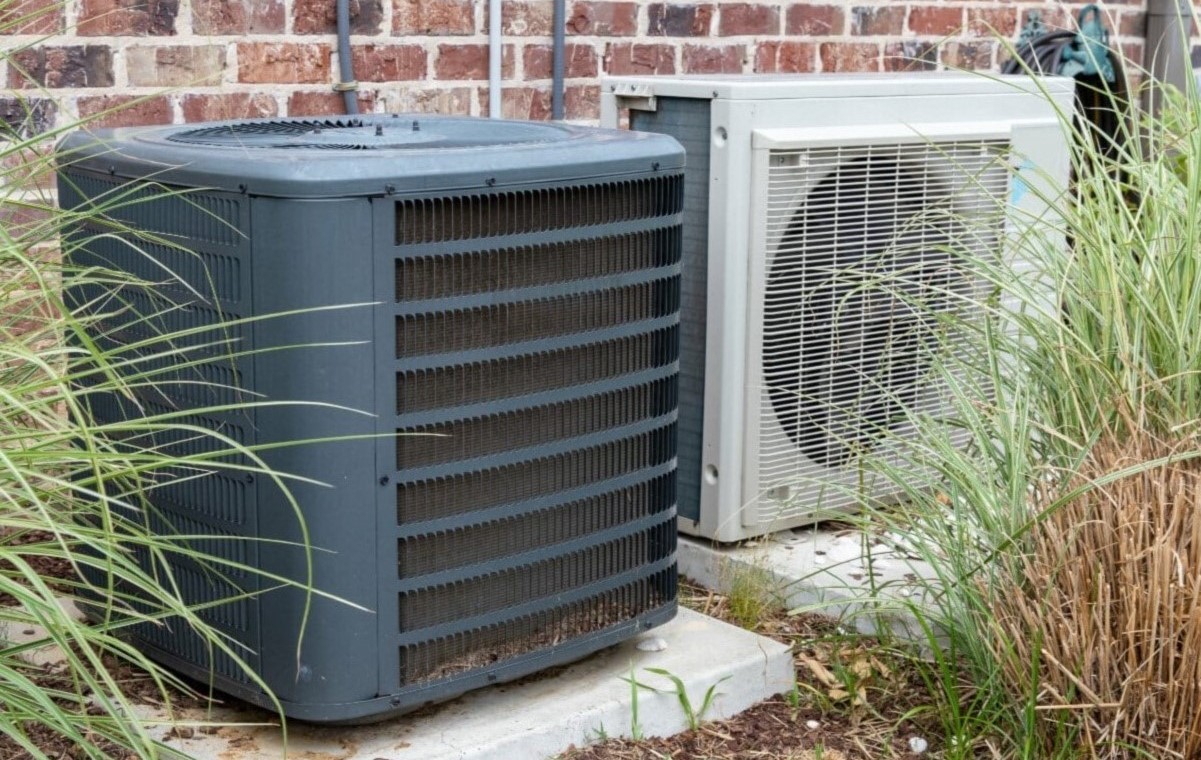
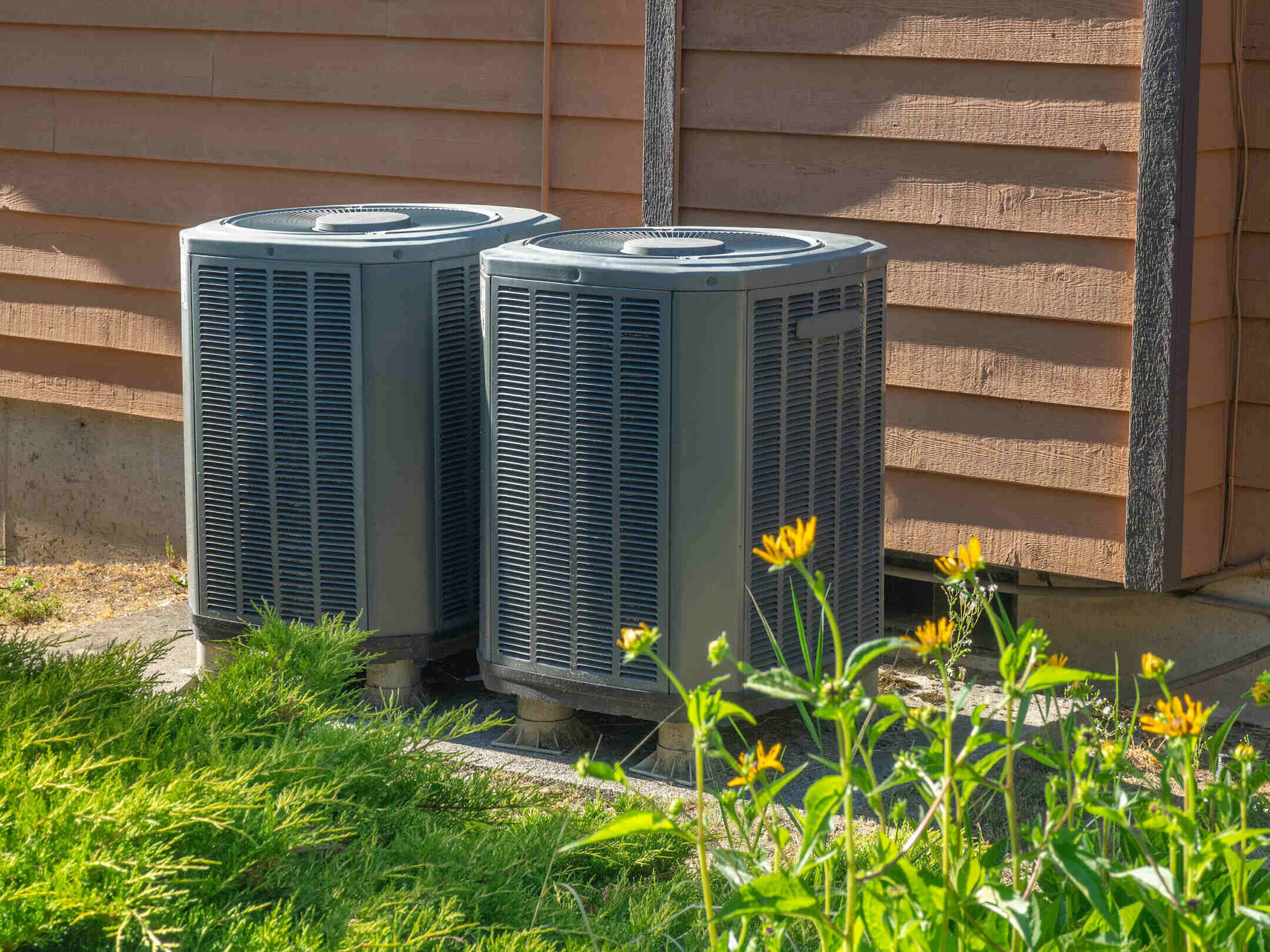
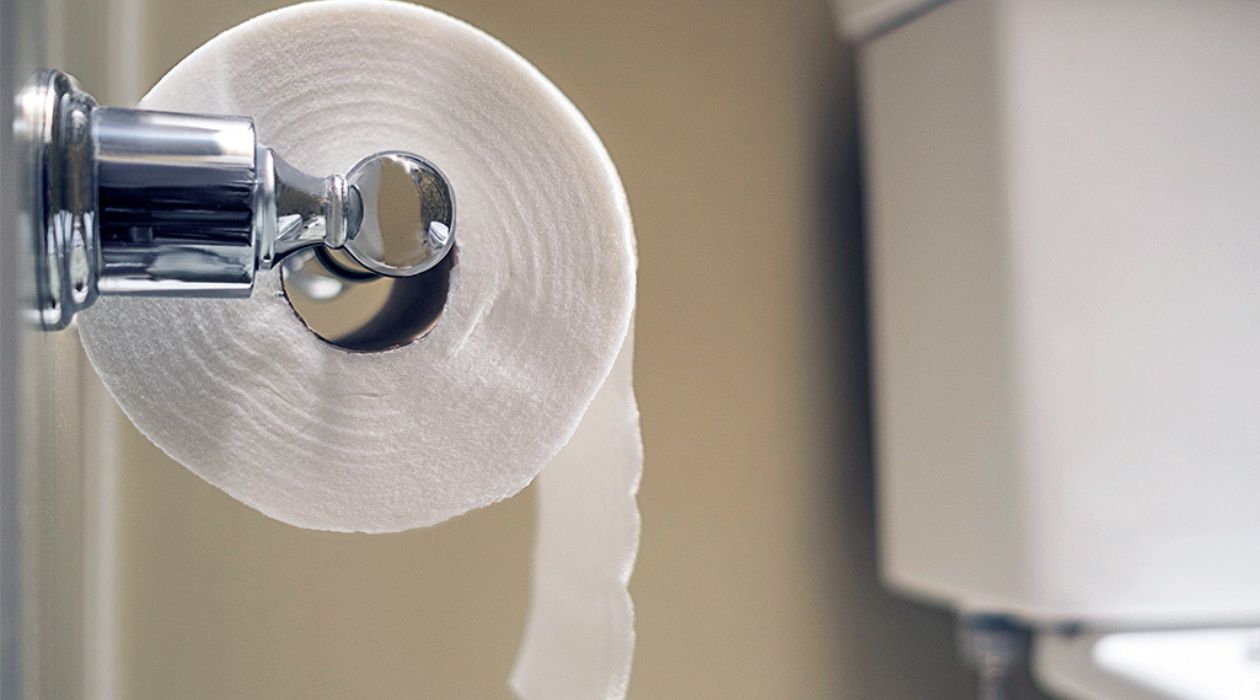
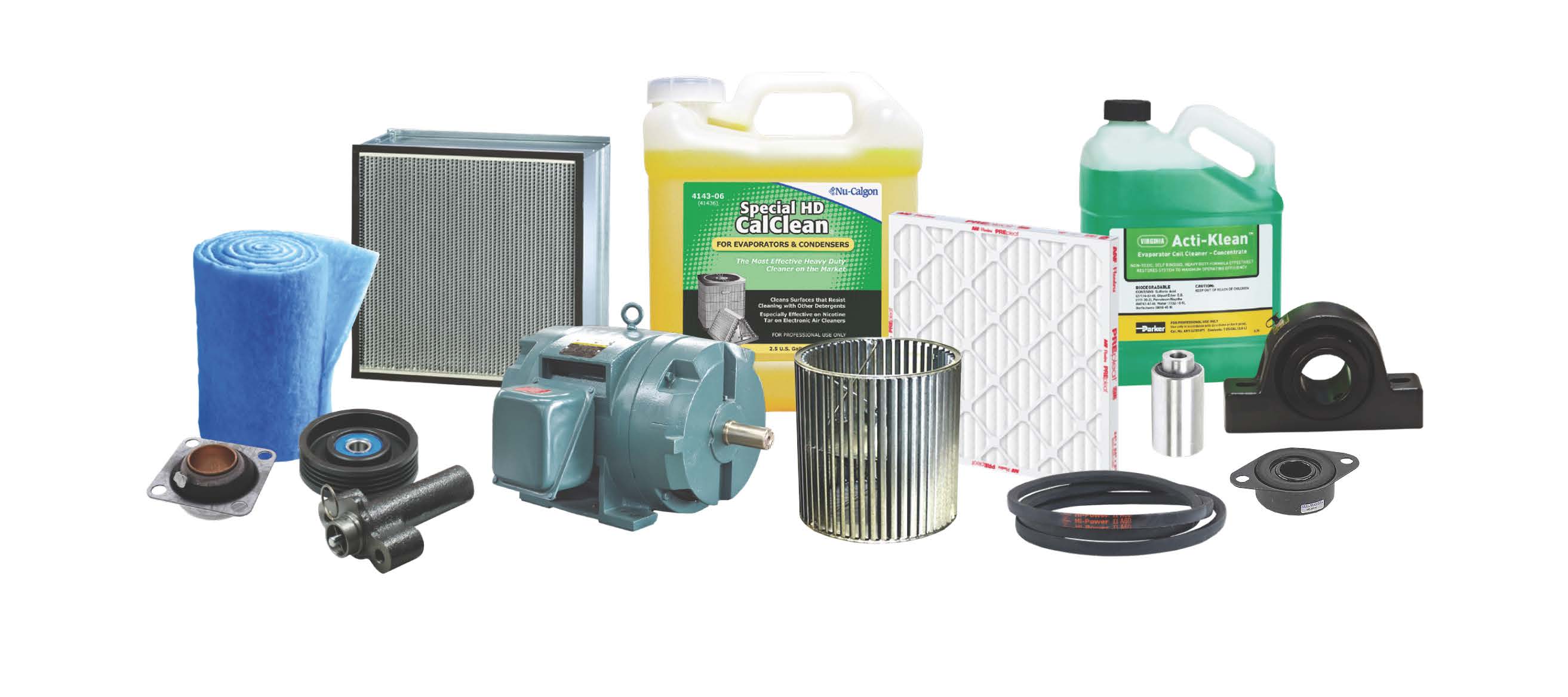

0 thoughts on “What Is The Outdoor Part Of A Residential Ac System Called?”